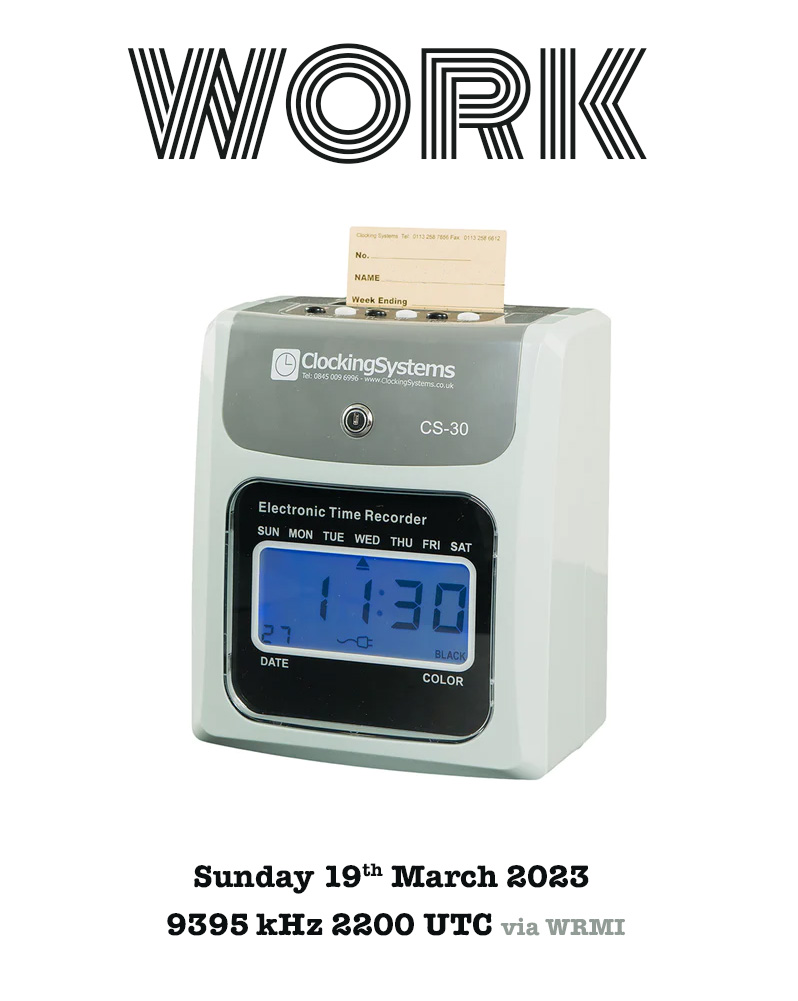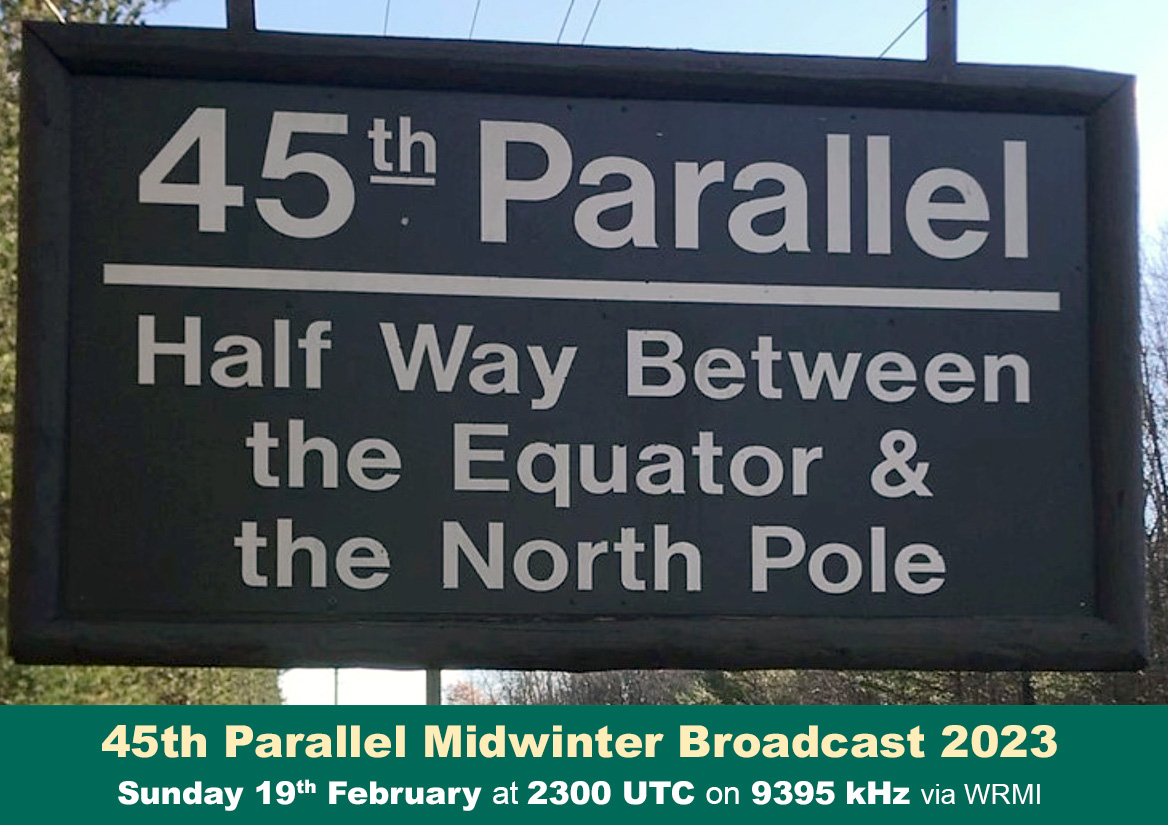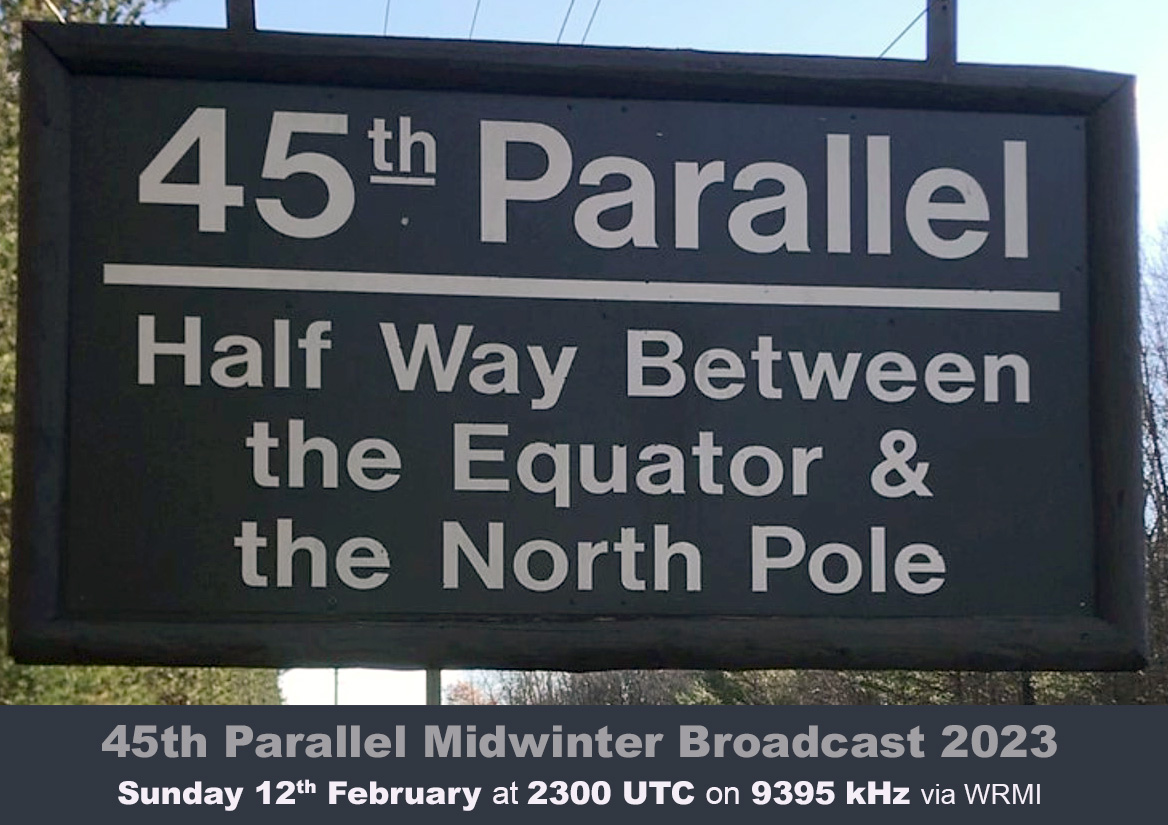 Hi SWLing Post community, Fastradioburst23 here letting you know about a transmission of KZOO, another installment of the imaginary radio stations show to be broadcast this weekend via the good folks at WRMI.
Hi SWLing Post community, Fastradioburst23 here letting you know about a transmission of KZOO, another installment of the imaginary radio stations show to be broadcast this weekend via the good folks at WRMI.
It’s on Sunday 26th March 2023 at 2200 UTC on 9395 kHz and will feature those strange and wonderful instruments that wouldn’t be encouraged in your music class. After the broadcast the studio audio will appear on the KMTS mixcloud here.






